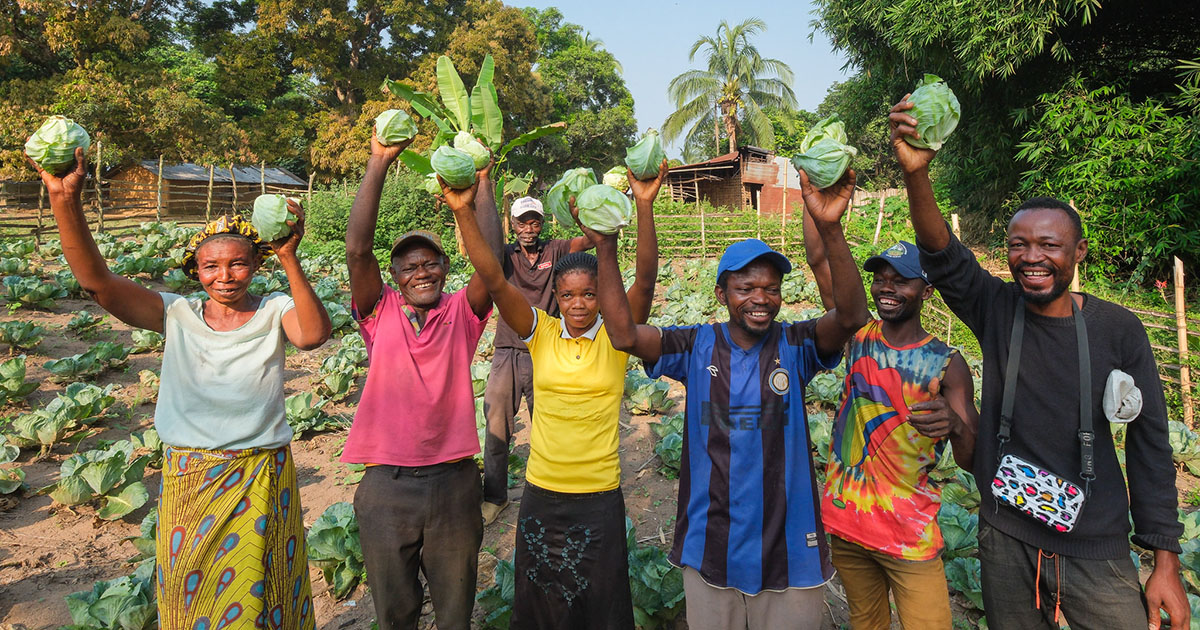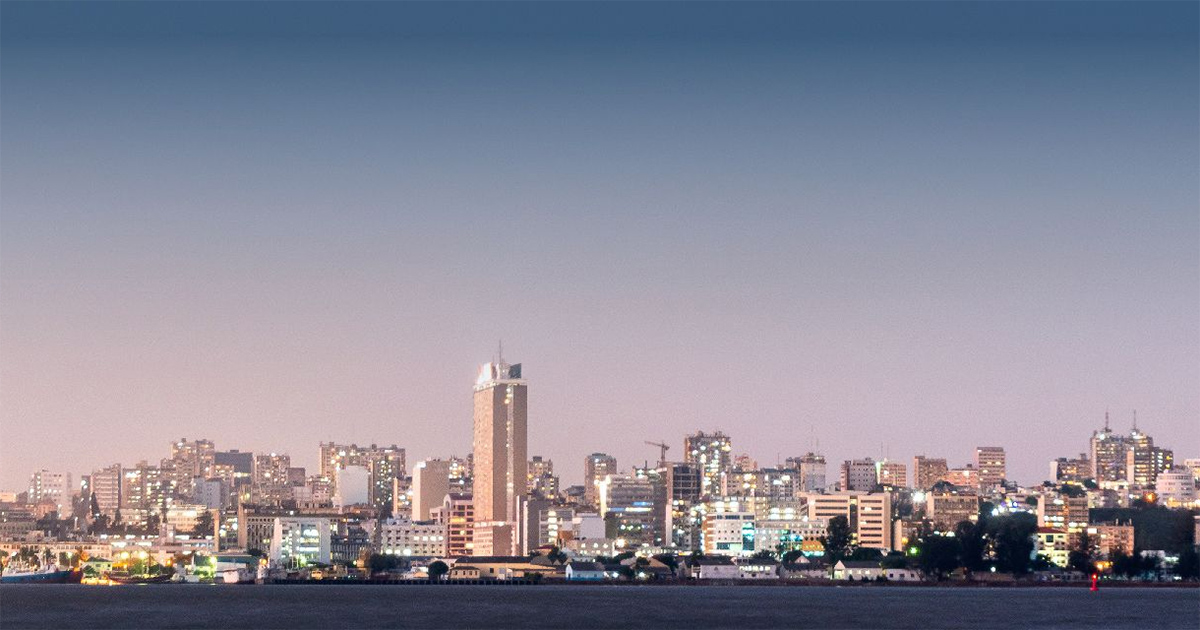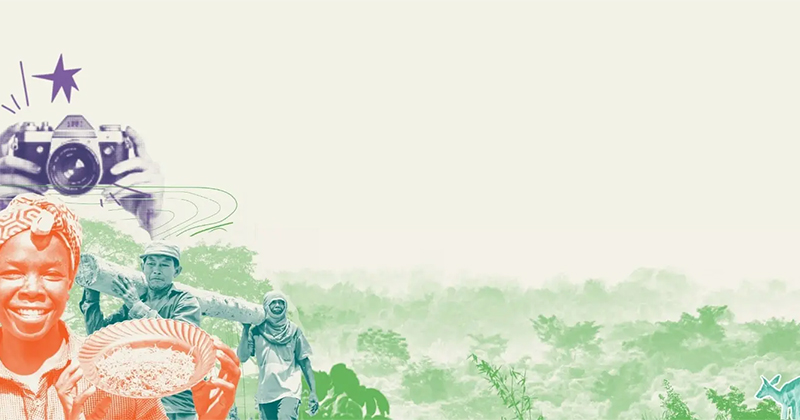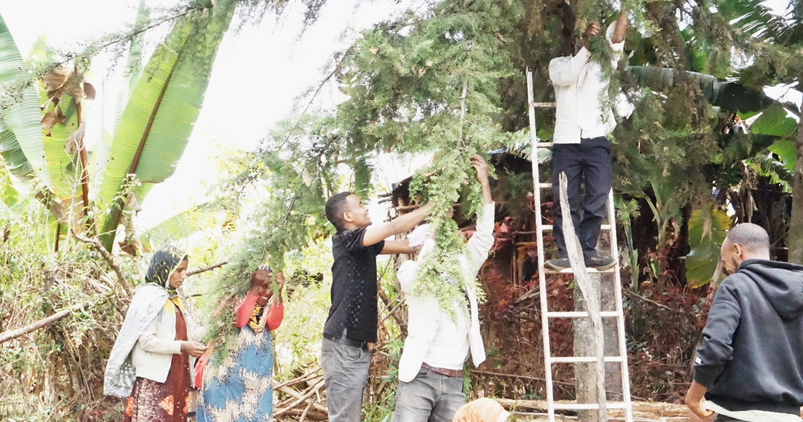Land degradation, including the loss of tree, forest and vegetation cover, and its related loss of water availability are the main constraints affecting the rainfed agricultural systems in West African Sahel and dry savanna. Therefore, farmers are implementing various soil and water conservation techniques such as zaï pits, half-moons, contour stone and earth bunds to improve crop production through reduced erosion and enhanced water retention. This study explores the effect of woody and herbaceous vegetation established along earth contour bunds on soil infiltration capacity in southern Mali. The soil infiltration measurements were carried out from September to December 2019 using single ring infiltrometers up-slope and down-slope of the bunds built on contour lines in 2015 and 2016 with four types of vegetation: (1) natural annual herbaceous vegetation; (2) planted Andropogon gayanus (perennial grass); (3) planted Gliricidia sepium (woody species) and (4) planted Acacia colei (woody species). The field-saturated hydraulic conductivity (Kfs) was estimated from the infiltration data and subjected to statistical analysis to compare the effect of the four types of vegetation on soil infiltration capacity. The results revealed significant differences in infiltration rate and Kfs between the four vegetation types. The highest infiltration rate and Kfs were observed for earth contour bunds reinforced with woody species G. sepium (299.5 ± 0.6; 45.3 ± 1.4 mm h−1), followed by A. colei (232.2 ± 2; 38.2 ± 1.6 mm h−1). These were followed by the grass A. gayanus (189.4 ± 2.5; 33.0 ± 1.7 mm h−1) and natural annual herbaceous vegetation (132 ± 2.3; 20.7 ± 1.9 mm h−1). In addition, soil water-infiltration rate and Kfs were higher for down-slope compared to up-slope areas for the two woody species. In practice, it is appropriate for farmers to reinforce contour bunds with woody species and perennial herbs given the beneficial effect on soil water infiltration and retention capacity and the expected socio-economic benefit they can get from them.
DOI:
https://doi.org/10.1111/sum.13035
Dimensions Citation Count:























